
Cisco
An early mover in the Application Performance Management space, AppDynamics had recently been acquired by Cisco and was suddenly faced with the sort of existential pivot or die challenge that makes both marketers and product leadership weak in the knees. Why? Because they’d lost their edge on both the storytelling and innovation fronts—and were being painted by the competition as the sluggish, overpriced, inflexible option for hunting down and fixing the sort of tech problems that can kill your business in a trillionth of billionth of a second (of downtime). Teams within had lost touch with their reason for being. Customers were being poached away by seemingly nimbler upstarts with ostensibly buzzier tech. But, on the plus side, Cisco had an ace in the hole with AppDynamics—and its unequalled ability to connect the dots between tech spend and bottom line profit. All we needed to do was help them tell that story in a simpler, more visceral and compelling way (to potential customers and employees alike).
And, of course, do that with, like, more burritos.

The Problem
—
Wait, what is it we actually do again?
When the good folks within AppDynamics (a recent Cisco acquisition) reached out for a little help, they were just emerging from an epochal set of internal changes and in the midst of a radical rethink of their entire offering. Management had a solid vision of the future. But everyone from the geniuses on the product side to the boots on the ground in Marketing felt like they were missing a bigger set of ideas that the brand should or could ladder up to. Their formerly lightning fast, scrappy approach to innovation had begun to stall. New players were claiming the high ground and painting the product platform as the pricey, cumbersome, old-school offering. Their sector (Application Performance Management) was losing the Garnter love. And they needed to pivot credibly into the AI Ops space, radically rethink their approach to observability, and do a better job of conveying the true value they bring as a partner in digital transformation. But to get that done, rank and file employees at every level were going to need to feel the stakes viscerally and align around a clearer brand story and North Star.




The Research
—
I think we got the wrong metaphor here, people…
Our first order of business was to talk to as many people throughout the company (at every level) as possible—OG AppD lifers and Cisco noobs alike. What we heard wasn’t entirely surprising. A lot of folks were pining for the early days while, at the same time, sweating bullets about being seen as a legacy player. Everyone knew it was time to go big and pivot as quickly as their big enterprise clients tended to need to lately. But folks on the inside were all running around with an oddly opaque understanding of the value they bring to the wider world. In the past, a lot of time was spent trying to get everyone to think of AppD as the ‘central nervous system’ of any business’ infrastructure. The metaphor even had its own internal acronym: CNS. Problem was, whenever anyone at headquarters tried to explain it to us, they ended up talking about the circulatory system—not the nervous system. CNS was confusing people, not creating clarity. And thus teams were pulling in different directions. The one isometric wedge that AppD had since day one—their ability to connect IT to the bottom line—was getting buried under a silty cloud of hazy language. Ergo marketers and engineers struggled to say and do the right things.
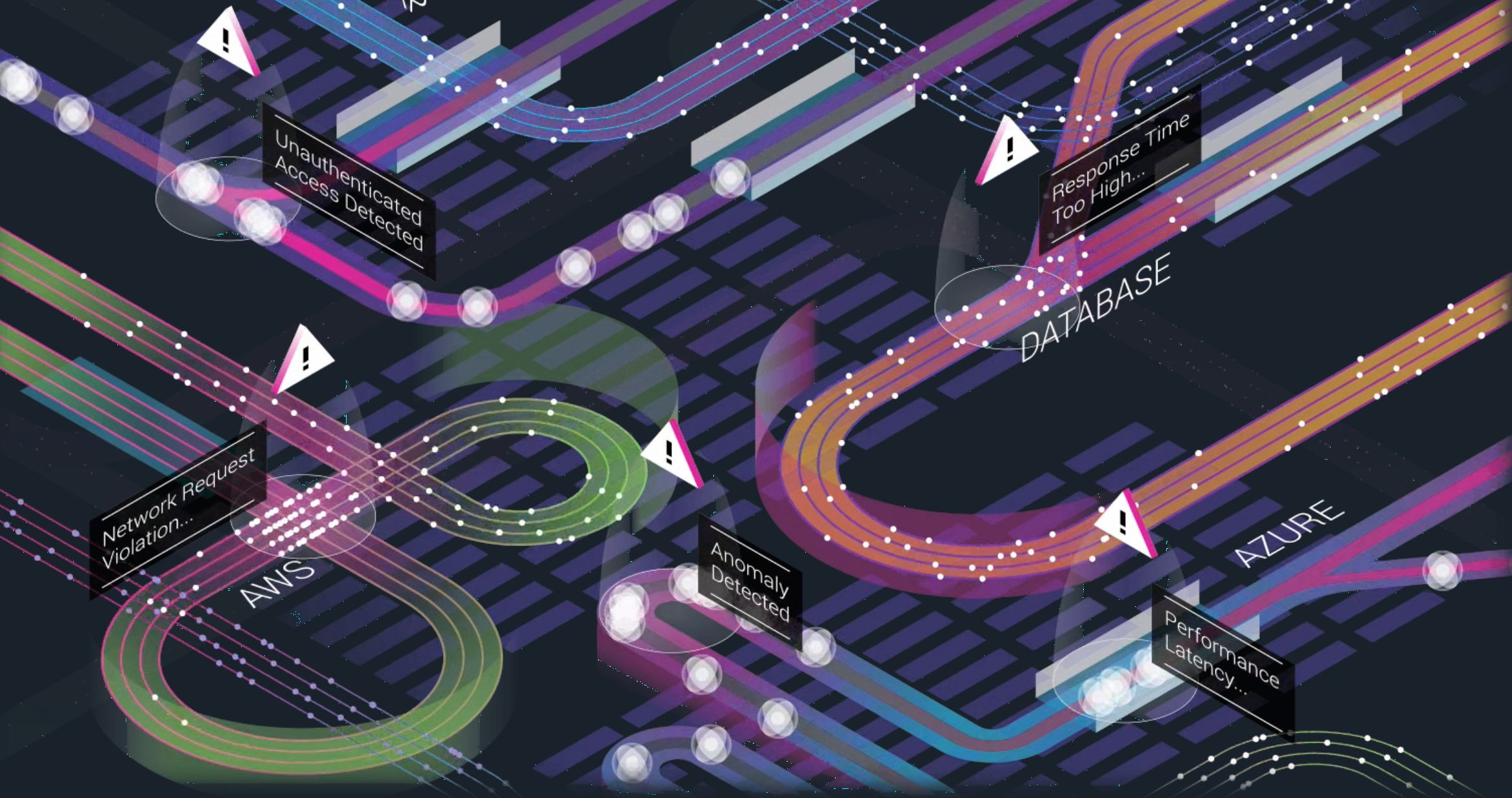
The Insight
—
Don’t razzle-dazzle me. Show me we’re on the same side.
When we went out and talked to the people that Cisco was going to have to win over, we were struck by their gimlet-eyed view of what any partner in the digital transformation space could actually bring to the table. Sure, they wanted all that fancy, futuristic stuff like ‘self-healing’ tech and a ‘single pane of glass’ through which to see every possible glitch inside their interconnected infrastructure. But almost no one believed that any one company could actually make that sci-fi stuff a reality. They realized that changing the way they worked was the only way to even begin to open the door to a less friction-filled future. And that sort of change, especially at large, global corporations, was equal parts cultural and technical. Those two things—how a company works and the tools they depend on—are inseparable now. And to make the sort of changes required to survive and thrive in the always-on, constantly changing world of digital commerce, they were going to need a cultural partner not just a product—a partner clearly and deeply aligned with their desire to maximize the business impact of every technical decision.
All final creative executions realized and produced by in-house Creative Director John Taylor & Art Director Samantha Hero.






The Answer
—
Be the burrito observability platform.
Taking a step back, it became instantly clear that the tech landscape had shifted since AppD’s early days. The complexity of distributed systems had moved beyond the point of even being comprehensible by humans (without assistance). Companies were changing their toolsets and, more importantly, the way they work. And a whole new class of enlightened technologists were leaning into the positive impact their decisions had on the bottom line. But they were having a massively difficult time showing it. And the stakes were swelling every second. These days, only organizations with full situational awareness survive. Because any weak link in your tech stack can bring your business to your knees. And modern companies need to know where the strengths and weaknesses lie inside their architecture (and beyond) in order to deliver the sort of consistently excellent experiences that modern consumers demand. In other words, technology and business are now inexorably linked. That’s why technologists need to move from observing everything (or sifting through a firehose of mostly irrelevant information) to observing what matters (or prioritizing data that’s critically important to the health of the business). And, to make that happen, Cisco was going to have to focus every effort on helping their customers’ businesses thrive—by helping them turn performance into profit and see even the smallest tech decisions through the lens of business impact.


The Work
—
Create more moments that matter.
After a series of internal workshops with shareholders across the organization, we were finally able to put the whole CNS thing to bed and start a two-pronged approach to radically streamlining the story Cisco told. First order of business: directing the narrative inward so that everyone who previously struggled to succinctly describe and/or care about what the company actually did could embrace a shared vision of the future. This meant marketing to employees first via all manner of tangible deliverables (from their own high-touch journals and swag to long-form journalistic customer case studies that humanized the tech in unexpected and memorable ways). Gone were the days of hopelessly muddled conversations chock full of buzzwords and meaningless acronyms. Then, we worked with teams at every level of the company to radically revamp how the AppD story is told to the wider world—again, by putting the tangible concerns (and successes) of actual customers front and center. Instead of promising magical vaporware that would help IT folks find needles in needle stacks, we helped Cisco showcase how their net-new business observability platform can help make more date nights happen (match.com), sell more work pants (Carhartt), book more window seats (Alaska Airlines), and get more people paid (Paychex). See what we did there?

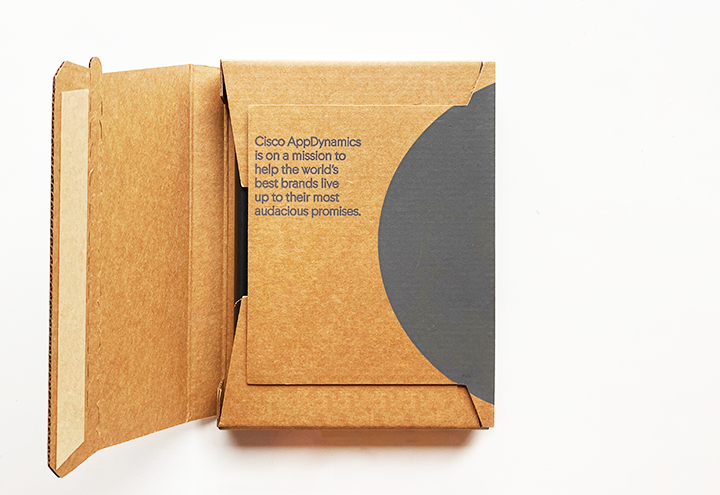

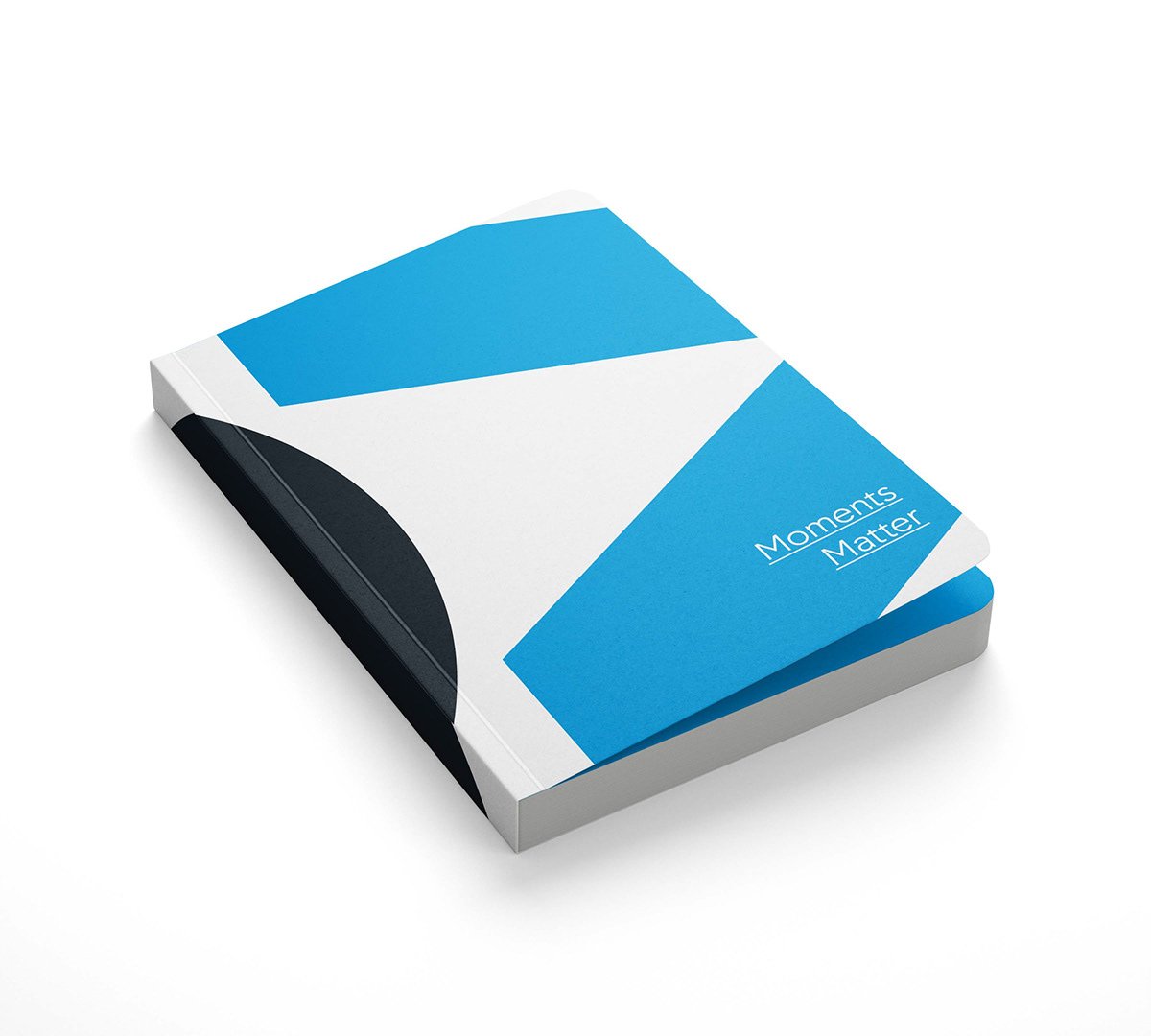

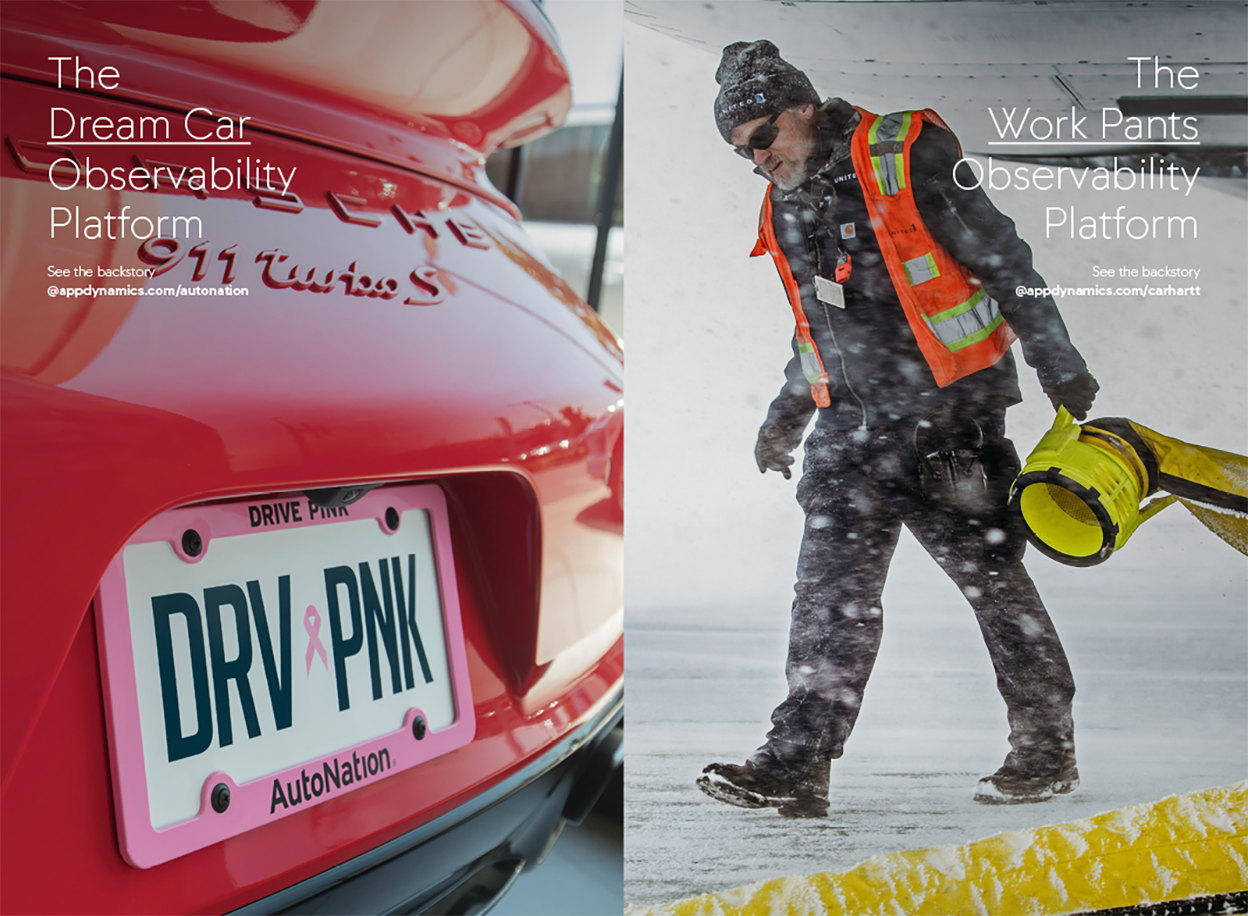
Anyway, once the management team was fully on-board with the evolved, more customer-centric storytelling strategy (and getting mad plaudits from their pals at Gartner, it turns out), the internal creative team took things and really ran with them. Under the guidance of Creative Director John Taylor and Art Director Samatha Hero, the small but mighty crew continually wowed us with creative executions that consistently pushed the envelope. From internal customer case studies in broadsheet form to playful, memorable short form video content produced in tandem with the rock stars at Laundry, AppD was finally firing on all cylinders from a content perspective—and moving in lockstep with a shared vision of what actually set the company apart from the increasingly crowded field of competitors.
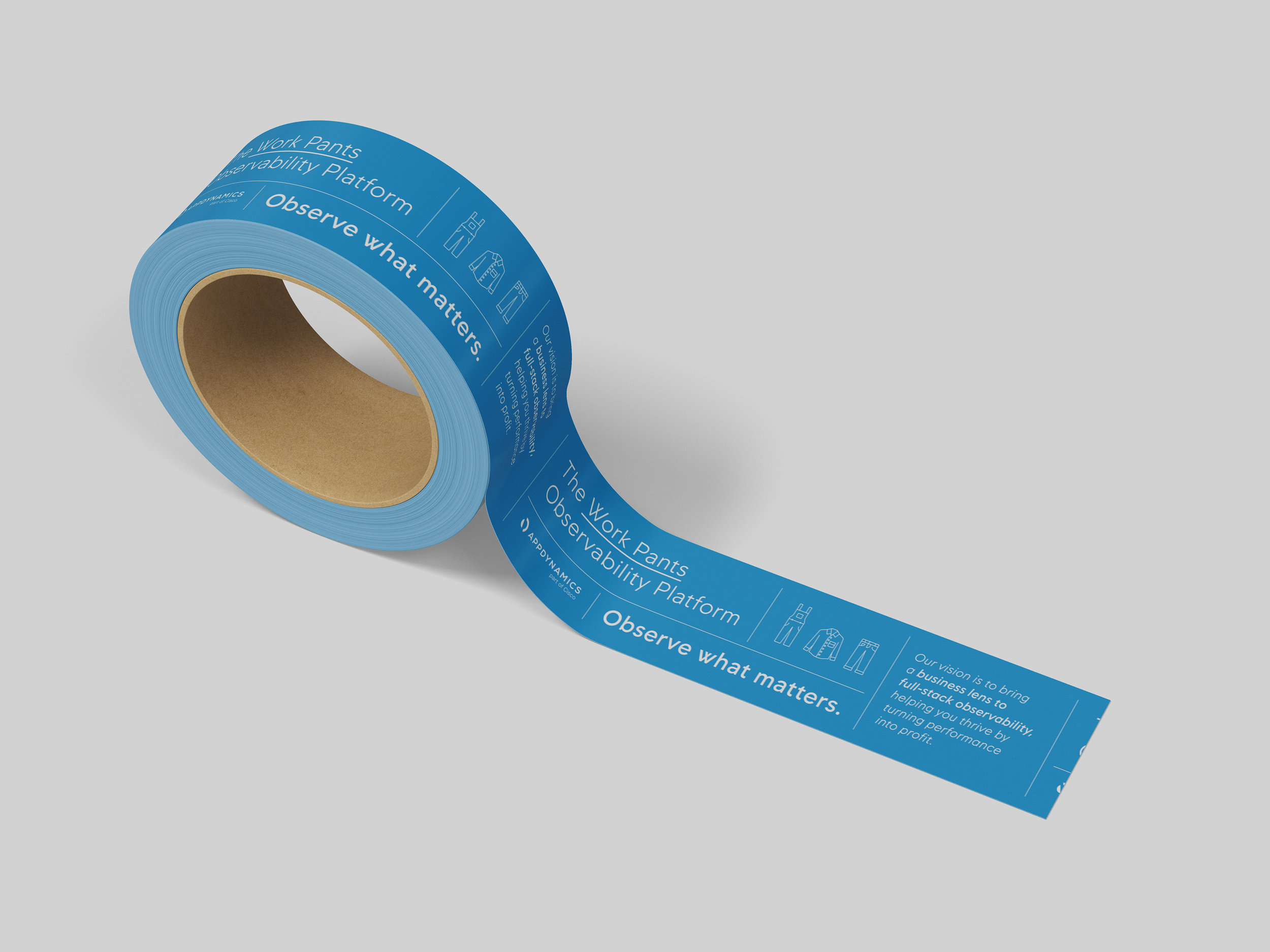
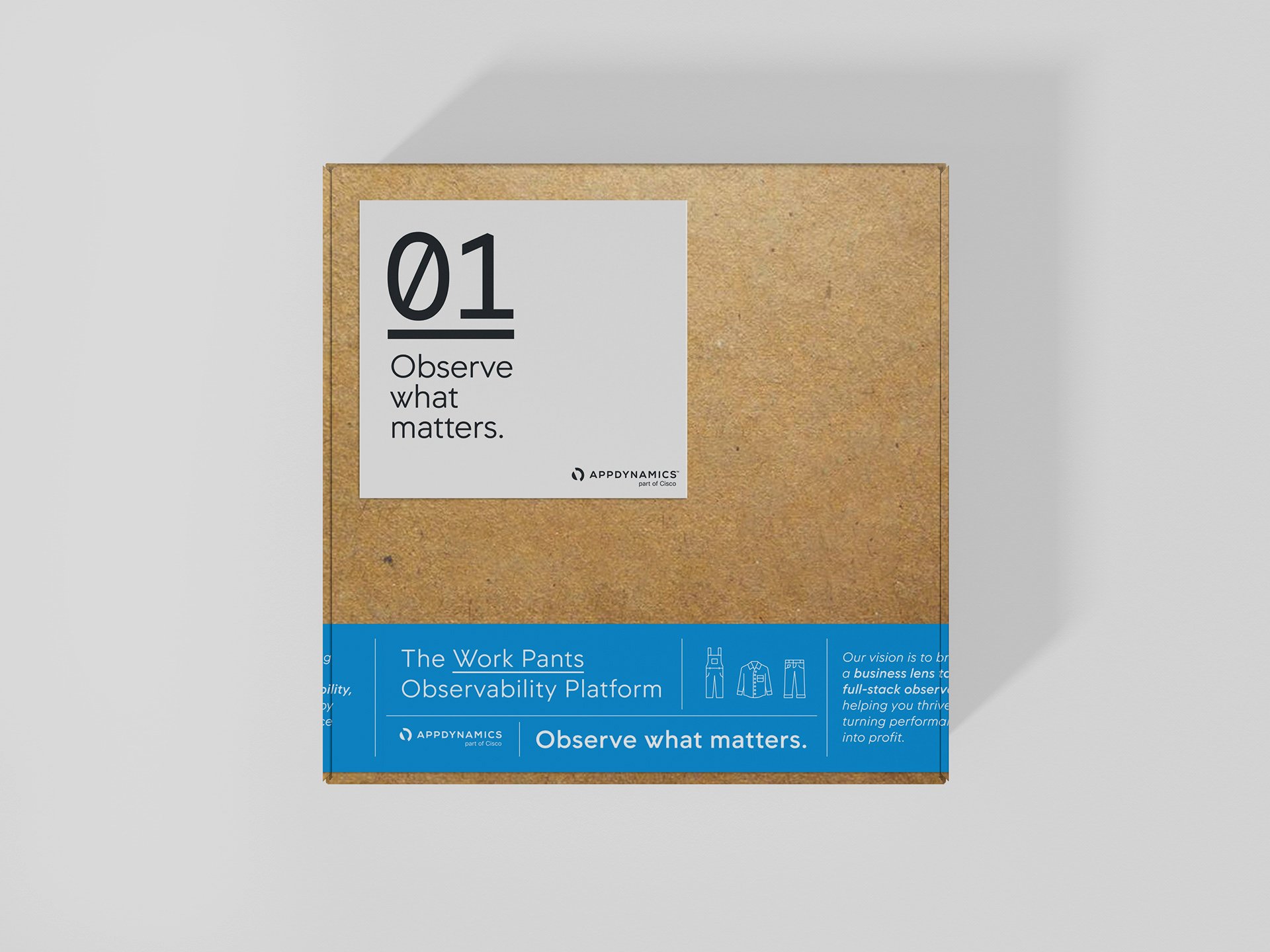

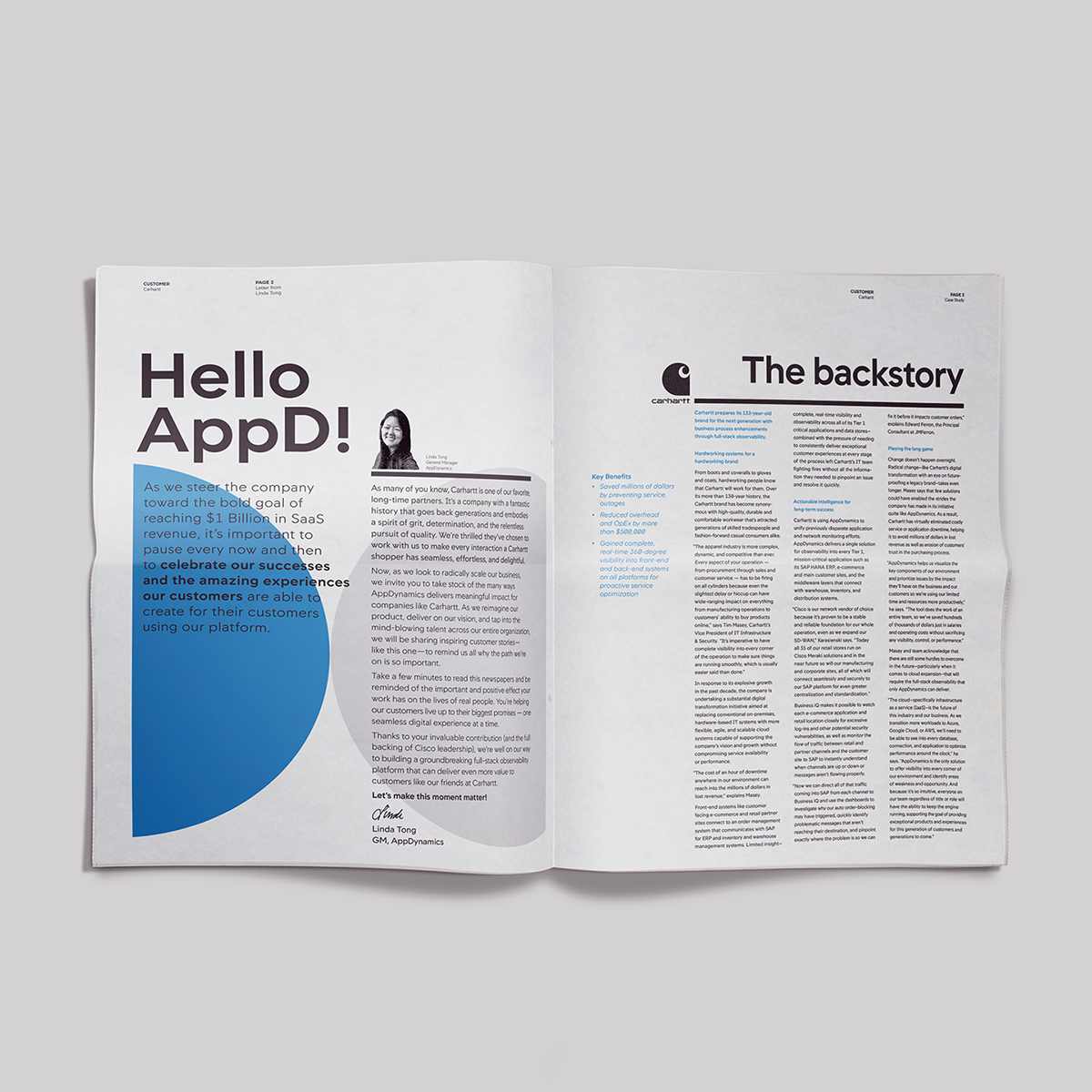
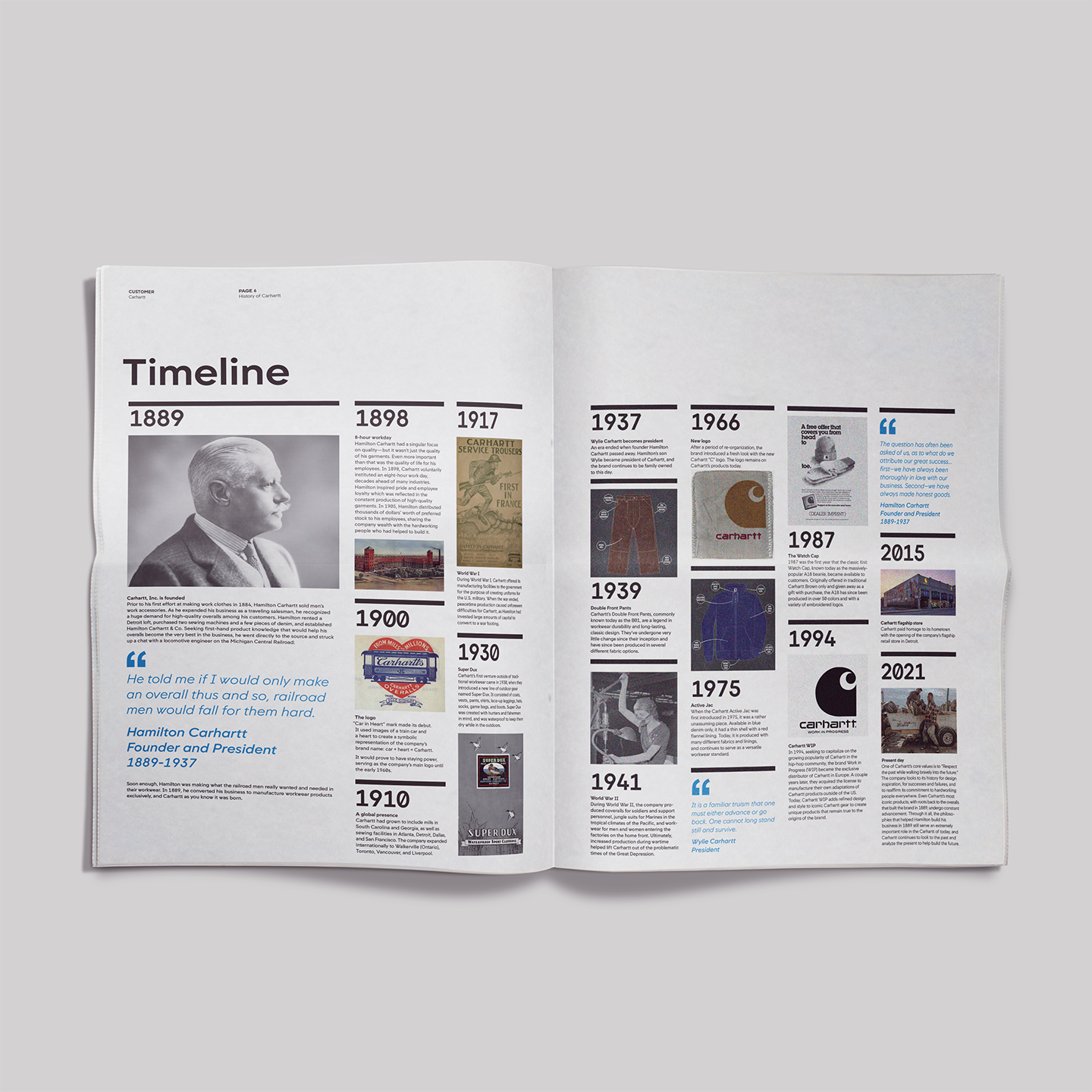
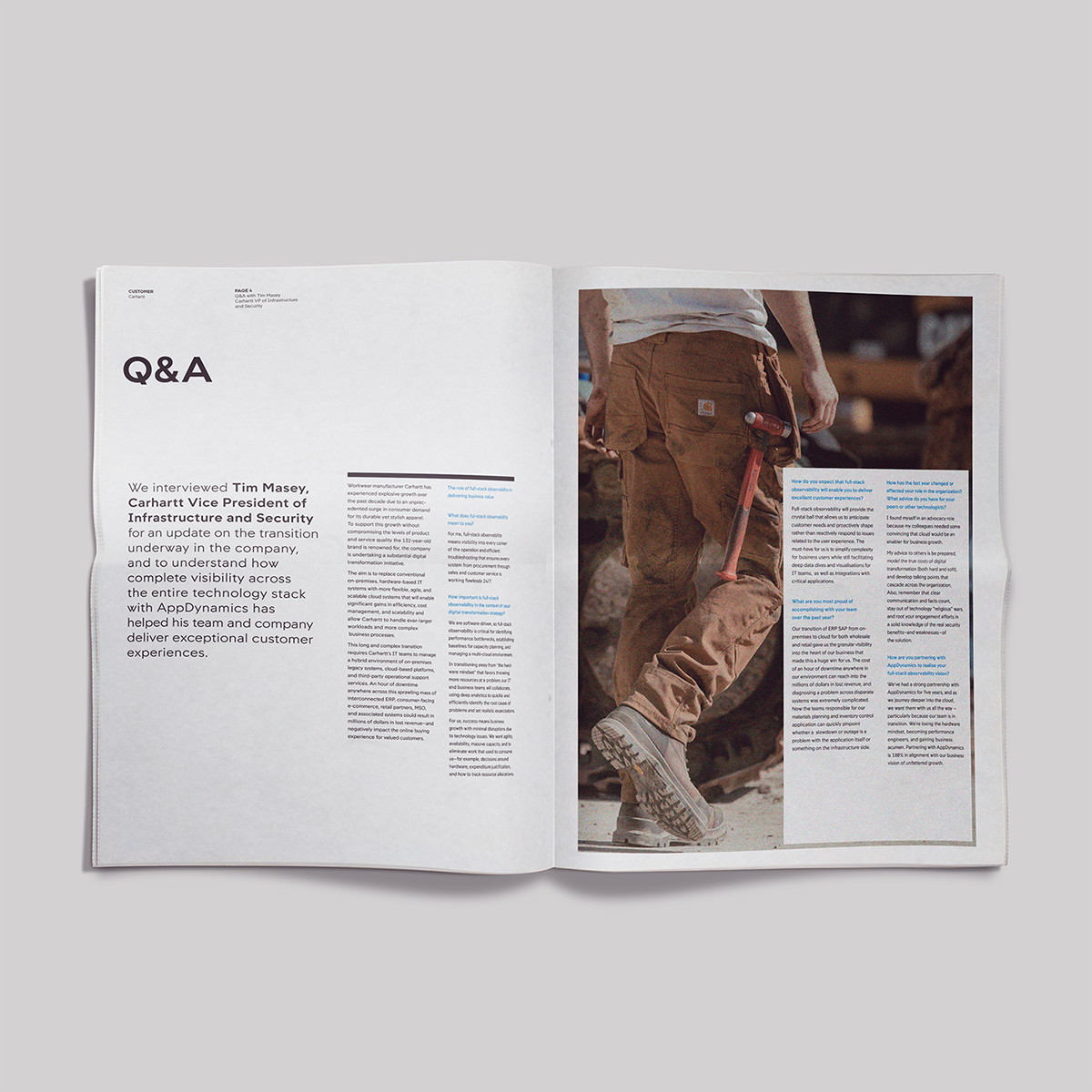
“Sequitur’s strategic partnership was instrumental in elevating our position within the Cisco ecosystem. Their deep expertise in brand strategy and customer-centric research delivered a clear, actionable roadmap that helped us rediscover our innovative edge and connect with our audience in a more authentic, impactful way. They didn’t just guide our story—they helped us own it.”
John Taylor, Creative Director

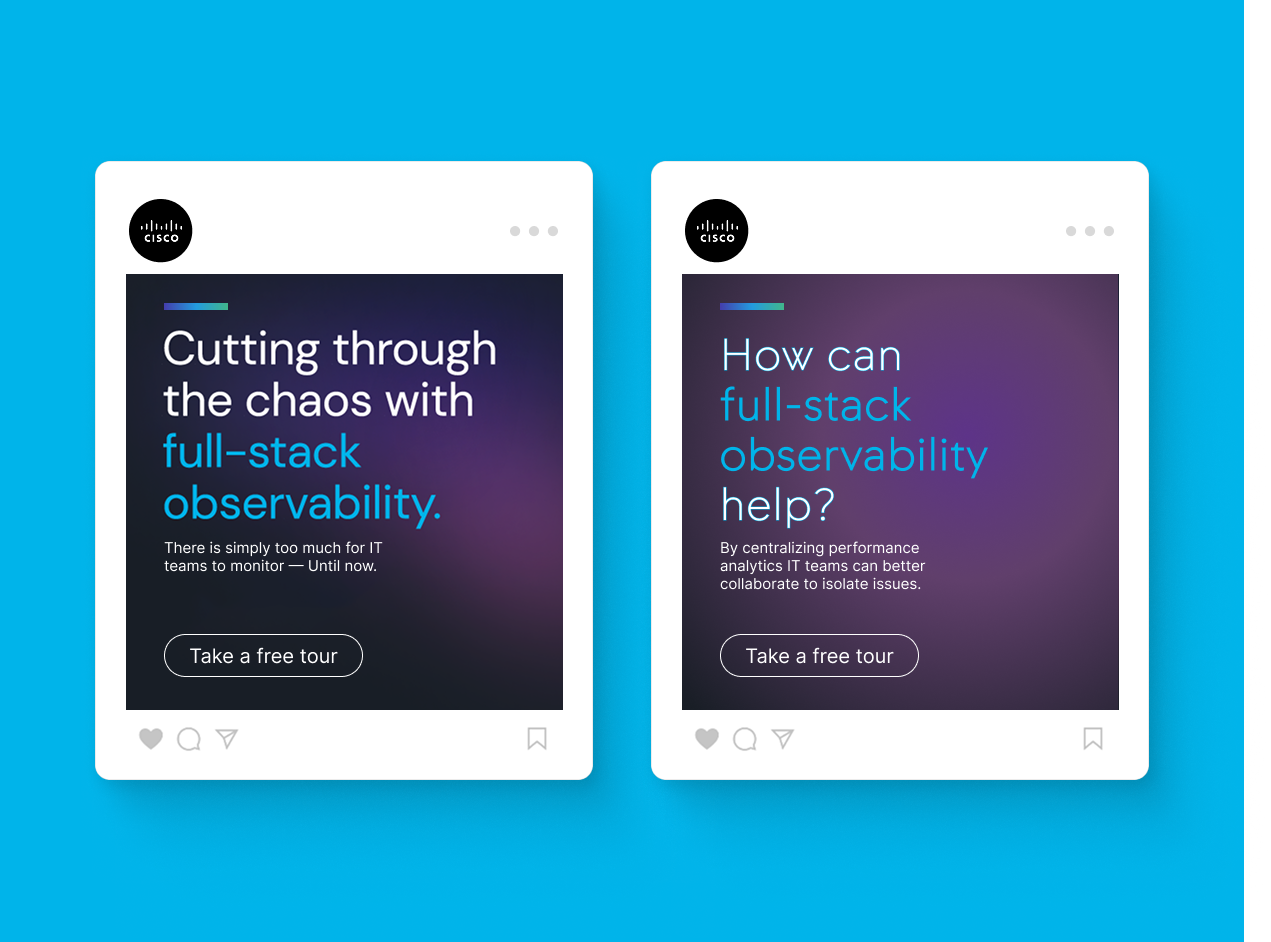


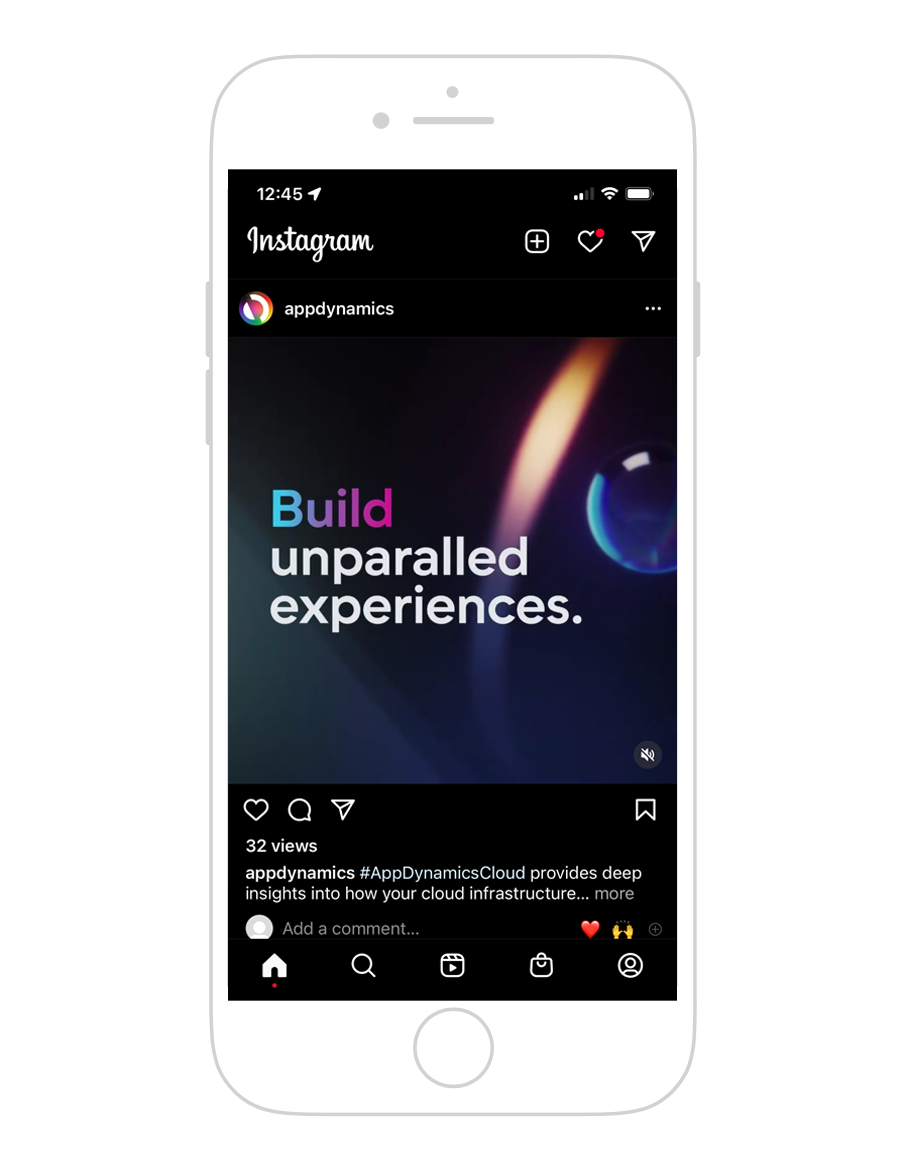

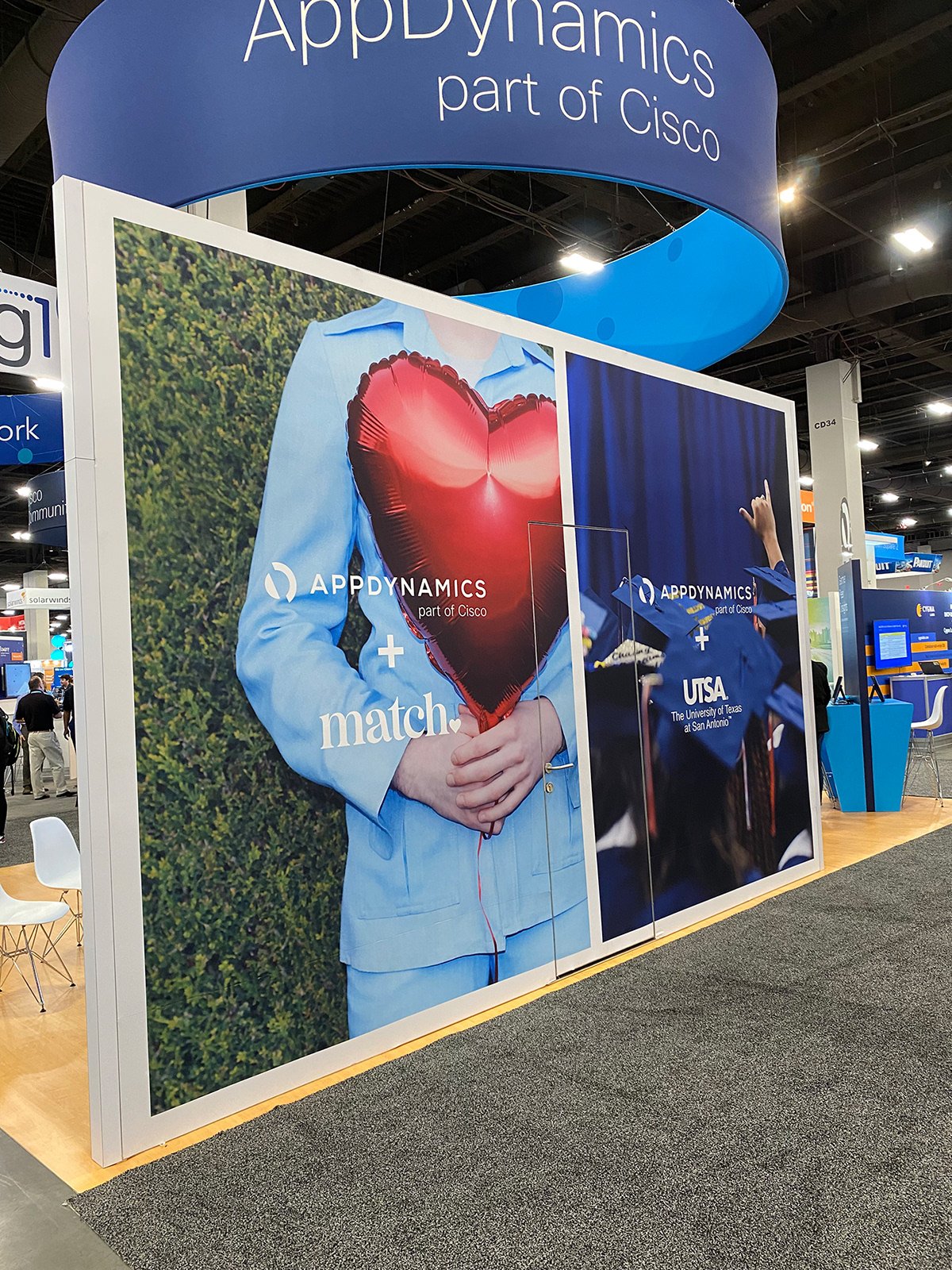
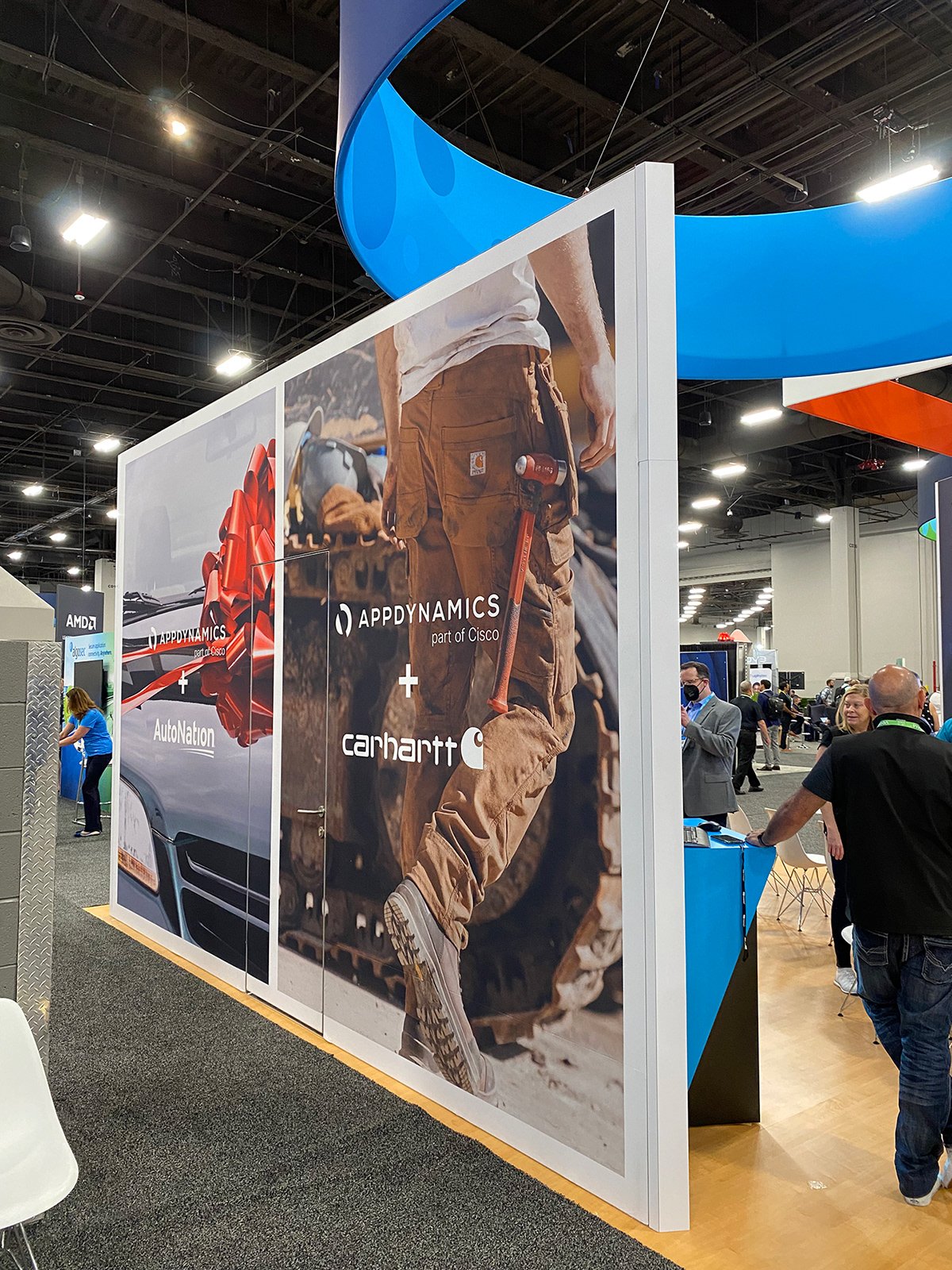
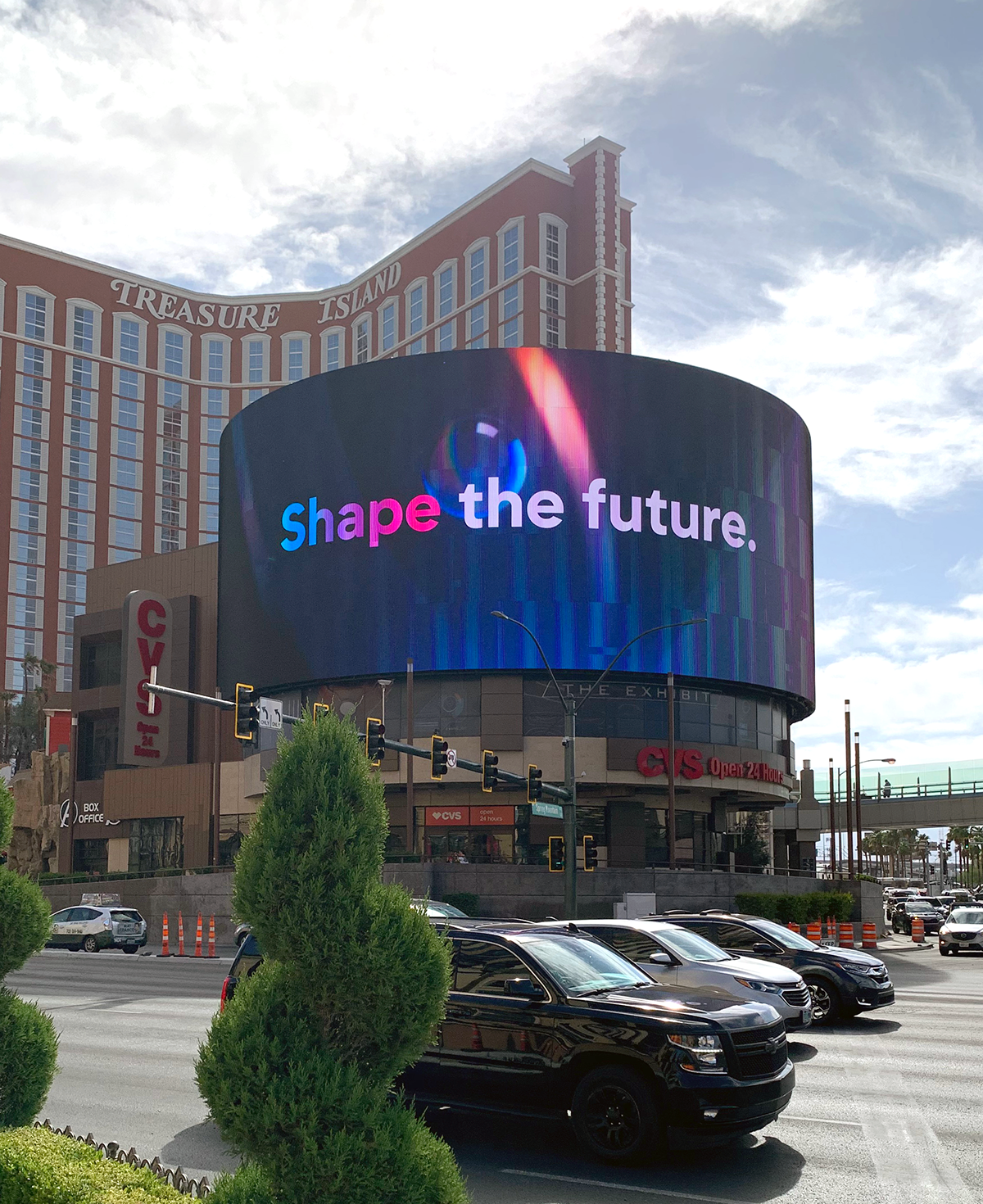


Telling the AppDynamics Story
With an Assist from the Good People at Laundry

The Ending
—
Follow the money.
Where once AppD struggled to make their internal and external story make sense, now they had a seemingly infinite well of resonant narratives that not only helped win more business, but also kept teams on the inside pulling in the same direction—just like they used to in the olden days. Whether at massive global events like Cisco Live! or via one-on-one briefings with Gartner analysts, the people we worked with were finally able to clearly and succinctly tie every Cisco innovation back to the positive business impact that their customers achieve. How? By elevating the backstories behind the experiences they make possible for their customers day-in day-out 2/47 365. Instead of getting sucked into a feature war death spiral with their nearest and dearest competition—some of whom had products with, truth be told, more bells and whistles—Cisco was now able to lean into the singular strength that had set the AppDynamics brand apart from day one. By simply showcasing how their platform helps companies observe what matters to the business (and thereby create delightfully frictionless digital experiences at every touch point), Cisco has been able to tell insanely technical stories in compellingly human ways.
Because, at the end of the day, those are always the best stories.
What We Did
